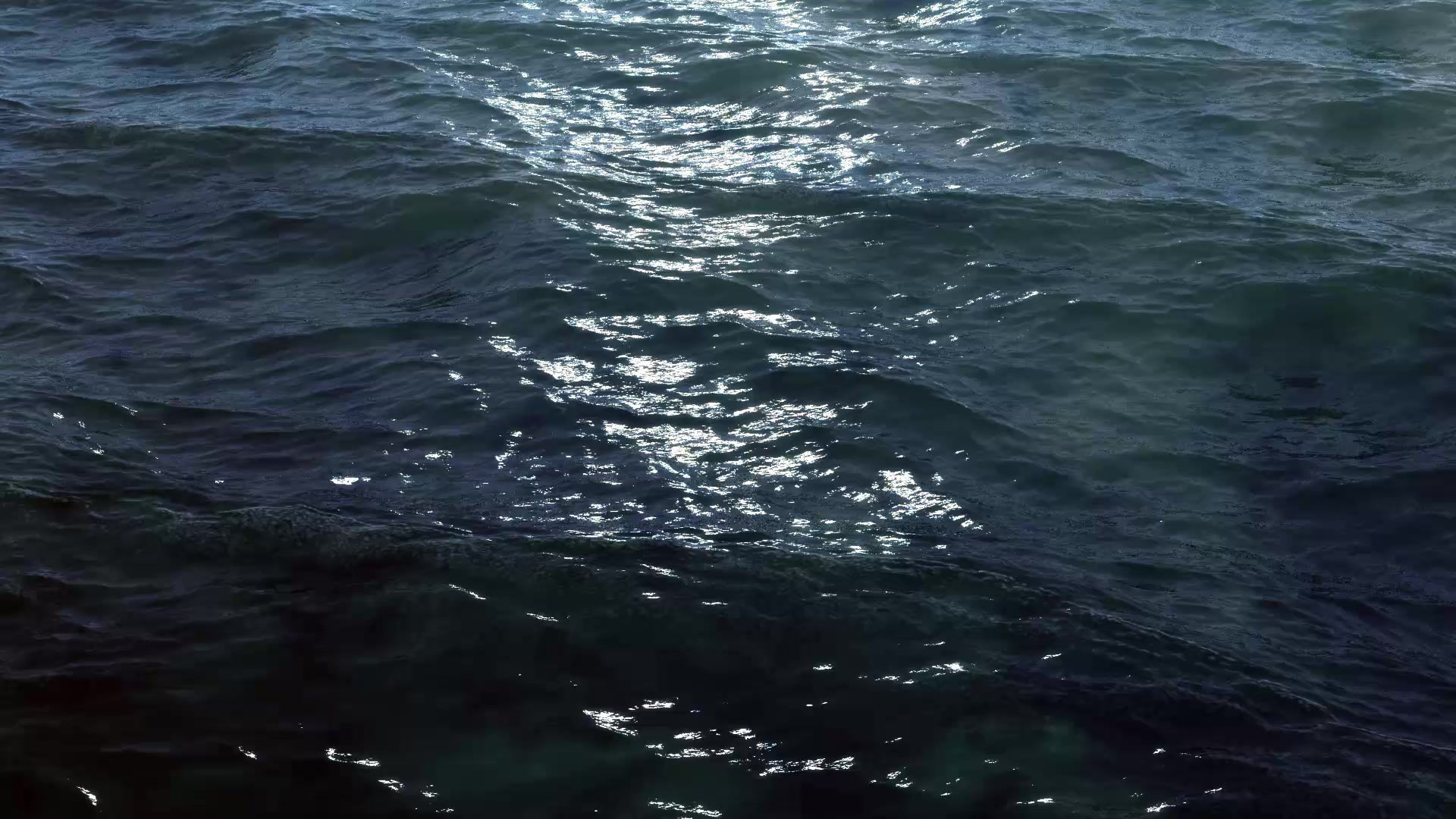
Art & Architecture Research Development & Education [AARDE] Foundation
COROMANDEL
கருமணல்மேடு [Karu-manal-medu]

The Southeast Coast of India is called as Coromandel. The popular reference the word was Chola-Mandalam, the mighty 10th-century kingdom. However, our research shows that the coast was called as Karu (Black) manal (soil) medu (high ground). Referring to the soil condition of the region - black cotton soil. Best suited for cotton and paddy. Geologically, Chennai and its adjoining coastal region have black soil at the sixth feet. When observed from Bay of Bengal sea a thin layer of a black surface would be realised.
Stretching from Machilipattinam (Andhra Pradesh) to Point-Calimere (Nagapattinam, Tamilnadu) would be considered as Coromandel Coast. This coast was the most flourishing region of this subcontinent for several centuries. Asia's first modern governance, education systems, and health-care facilities were started in this region. Research proves that for two centuries (15-16th CE) more than 20% of world GDP was belonging to this region. It has very unique characteristics in this sub-continent.
Indian monsoon, the most prominent of the world's monsoon systems. There are two monsoon seasons - Southwest and Northeast Monsoons. Out of 29 states in India, Tamilnadu and a part of coastal Andhra Pradesh are the only regions fully depend on Northeast Monsoon. The most furious and damaging wind movement occurring during the month of October to December.
The vegetation associated with the Northeast monsoon is also unique. In India, the Coromandel coast is the only region to come under Tropical-Dry evergreen region with wetlands ecosystem. Unfortunately, this unique vegetation associated trees and plants have vanished due to our neglect. For example, Cycas Beddomei, and Corypha Umbraculifera trees where once common in this region is critically endangered. There are several unique characters can be highlighted for the Coromandel coast. This region is unique in its architecture. Particularly, the famous world heritage temple - Brihadeeswara Temple in Thanjavur, and Mahabalipuram Temples near Chennai. Dravidian architecture is known for its artwork and intricate carving. The use of granite Charnockite makes it more unique - hardest and most difficult to work.


Coromandel architecture is nothing but Dravidian architecture. The construction material was predominantly granite.